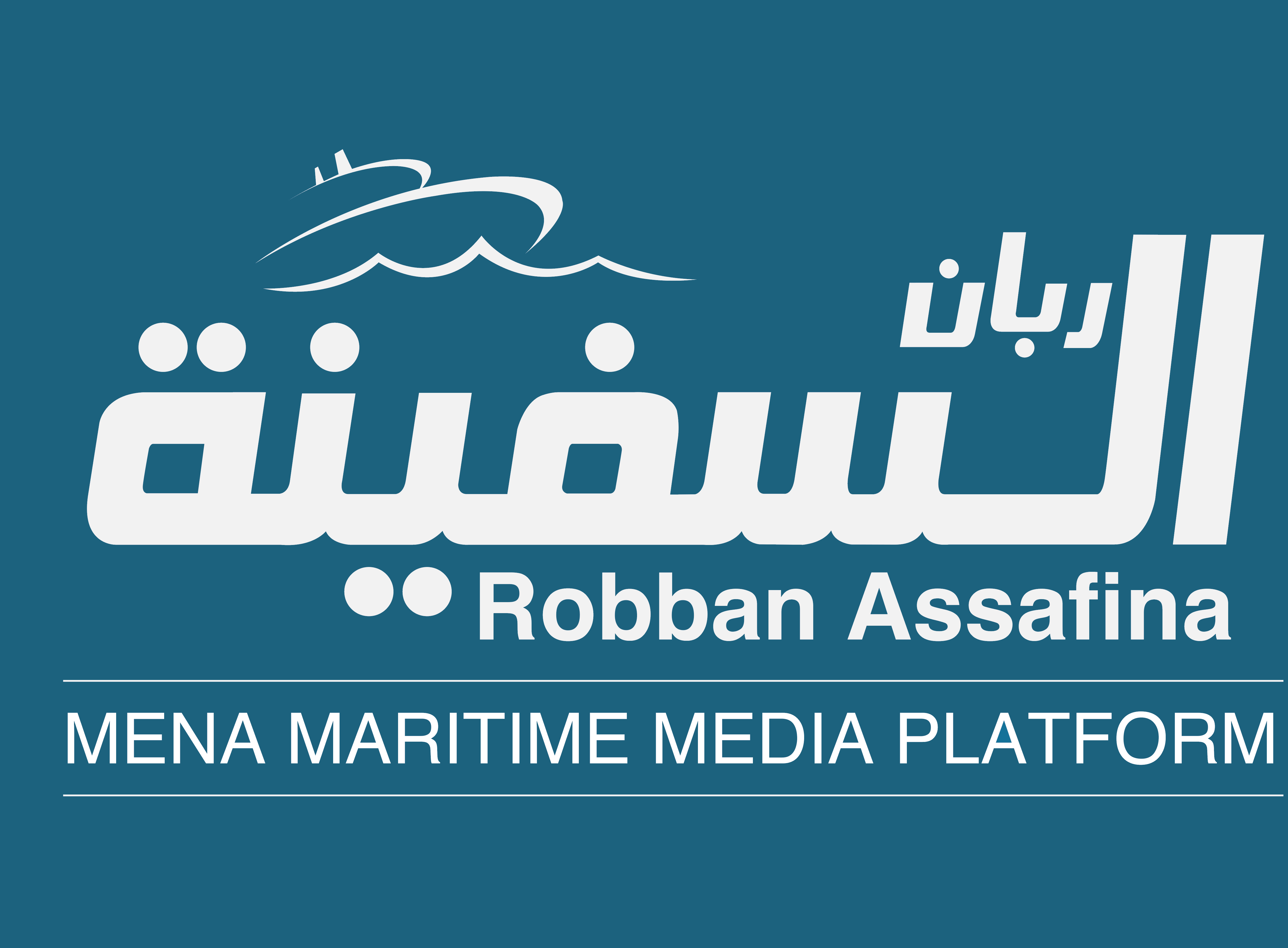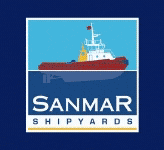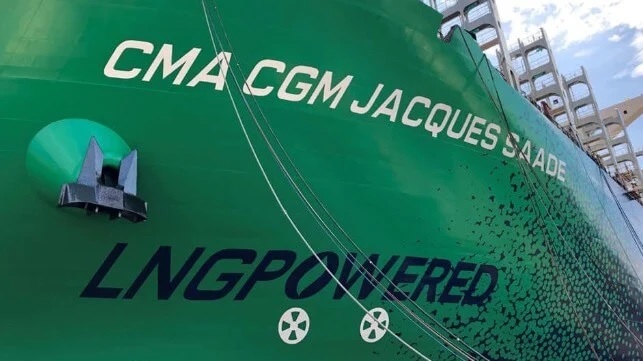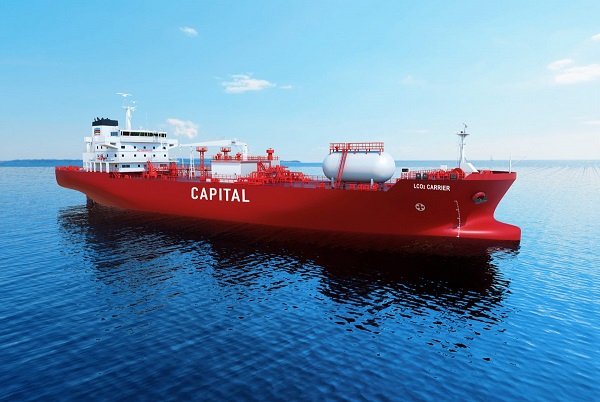NorthStandard: Measures against drug trafficking onboard
NorthStandard P&I Club has published instructions to inform interested parties how to prevent and handle drug trafficking after observing a large increase in fines associated with drug trafficking cases, and the increasing liabilities that could be imposed.
Preventative measures
NorthStandard notes it is very important to take all necessary precautions when calling at all ports vulnerable to drug smuggling. There are a number of practical measures that can be implemented to reduce the risk of drug smuggling before and during any visit to susceptible ports.
Before arriving at port
- Consider performing background checks of crew members and employees to determine a) whether they may had been engaged in criminal activities, including drug smuggling.
- For regular trades to/from high-risk jurisdictions, review previous gangway logs and be alert to any unusual patterns of shore leave. The shipowners can also consider avoiding crew members staying on the same shipping routes for extended periods.
- Ensure the vessel receives a comprehensive port update from the local agent or correspondent. If there is a heightened risk of drug smuggling at a port, additional security measures should be put in place such as those set out below.
- The Ship’s Security Officer (SSO), the Company Security Officer (CSO) and Port Facility Security Officer (PFSO) should work together to prepare a thorough risk assessment designed to prevent any security incident.
- Consider operating a programme to ensure that substances are not concealed in conveyances, such as sealing and securing compartments within conveyances.
- Consider hiring additional security watchmen from approved shore suppliers in known drug smuggling areas.
- Arrange regular crew training sessions that cover the requirements of the ISPS Code, Ship’s Security Plan (SSP), security duties, port operations and overall general awareness to reduce any security threats.
- Raise awareness amongst the crew on the dangers of using and the possession of drugs, as well as the severity of the consequences.
- Consider installing physical barriers to prevent unauthorised access to commonly targeted areas, such as rudder trunk spaces, overboard openings, and exposed thrusters/propeller areas.
- Carry out security drills and training session in accordance with the ISPS code and SSP.
In addition to having established policies to effect measures, such as the ones mentioned within this article, the owner must be able to provide evidence that the measures are implemented and fully operational at any time.
| Read More: NorthStandard opens new headquarters for Asia in Singapore |
During ship’s stay in port
- The master and the crew should maintain high standards of security at all times, using surveillance security systems where possible, establishing areas of restricted access, locking access and entry points, and limiting vessel access to a single point.
- Assess whether the port has 24-hour security maintained by use of guard details and/or an alarm system so as to provide an alert in the event of a security breach.
- Local agents should confirm a list of all visitors seeking to board the ship and their reasons for doing so.
- Implement strict access controls with thorough entry checks such as verifying photo IDs, work orders, or by use of measures such as uniforms, badges and a card key system etc.
- Conduct random searches of visitors boarding the ship according to the current security level procedures stated in the SSP. Any such searches must be conducted in a sensitive manner.
- Keep close watch and an accurate record of all activities on and around the ship from arrival until departure and particularly during loading.
- Maintain vigilance while in port or at anchor, including enhanced security patrols on deck and continuous monitoring of all restricted areas (especially during hours of darkness or poor visibility).
- Arrange additional lighting across all areas on exposed decks to illuminate all possible shadow areas.
- Immediately communicate any suspicious activity seen on or close to the ship (such as divers or small boats) to the master, who should, in turn, report the situation to the local authorities.
- Some ports may enforce official drugs and underwater hull inspection before the ship sails out of the port.
- If the ship is taking bunkers, the Club recommends that the master contacts the local agent or correspondent to ensure the bunker supplier is a reputable company with a clean record.
- In some cases, stevedores and shore gangs have befriended ship’s crew and lured them into smuggling illicit drugs. Ensure crew are aware of the risks involved in engaging in such activity and they report any incidents to the master/SSO.
- Carry out a thorough search of all compartments before the ship leaves port and again after disembarking the pilot (but before beginning the sea passage).
| Read More: North P&I faces up to global turbulence with premiums rise for 2023-24 |
Actions if drugs are discovered
In the event drugs are found on board the vessel, consider the following points:
- The ship’s staff should remain calm and ensure they closely follow company policy and the procedures in the vessels’ safety management systems (SMS) and the SSP.
- Access to the area should be restricted (cordoned-off) by the SSO and suspicious object(s) left untouched. However, photos can be taken for record-keeping purposes.
- Take immediate steps to notify the local authorities through the agents, the P&I club/local correspondents, the CSO and the flag state.
- The crew should co-operate fully with the local authorities for the duration of the investigation. The master must ensure a full record of conversations and written exchanges is kept.
Source: Safety4sea
| Read Here | |
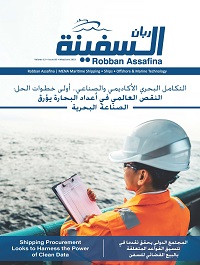 |
|

